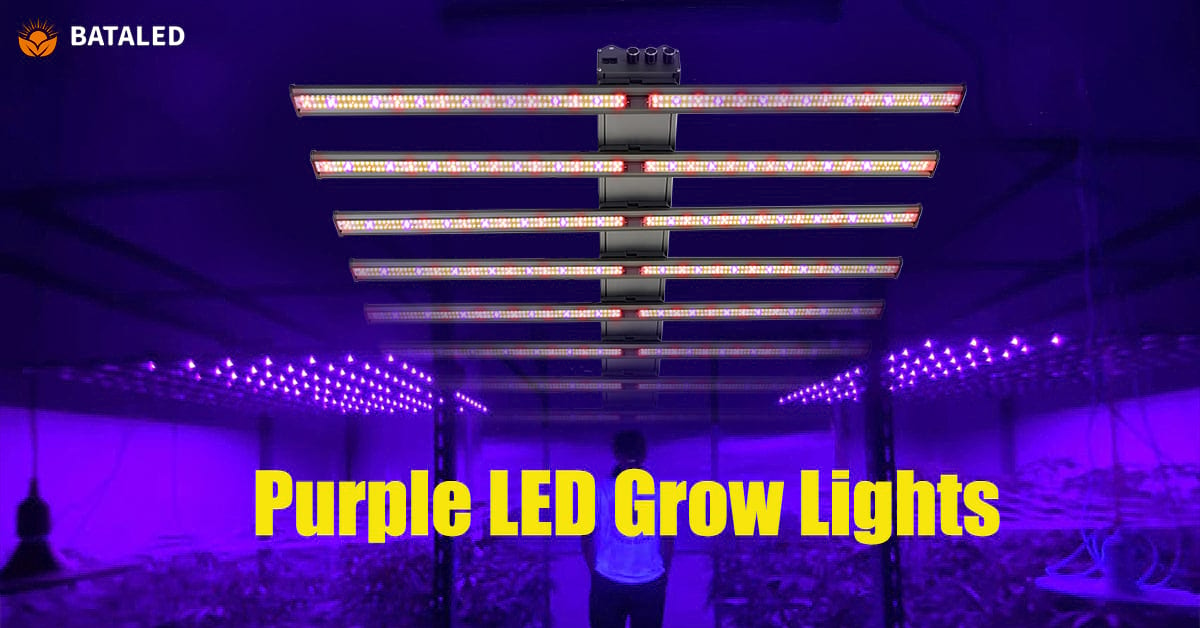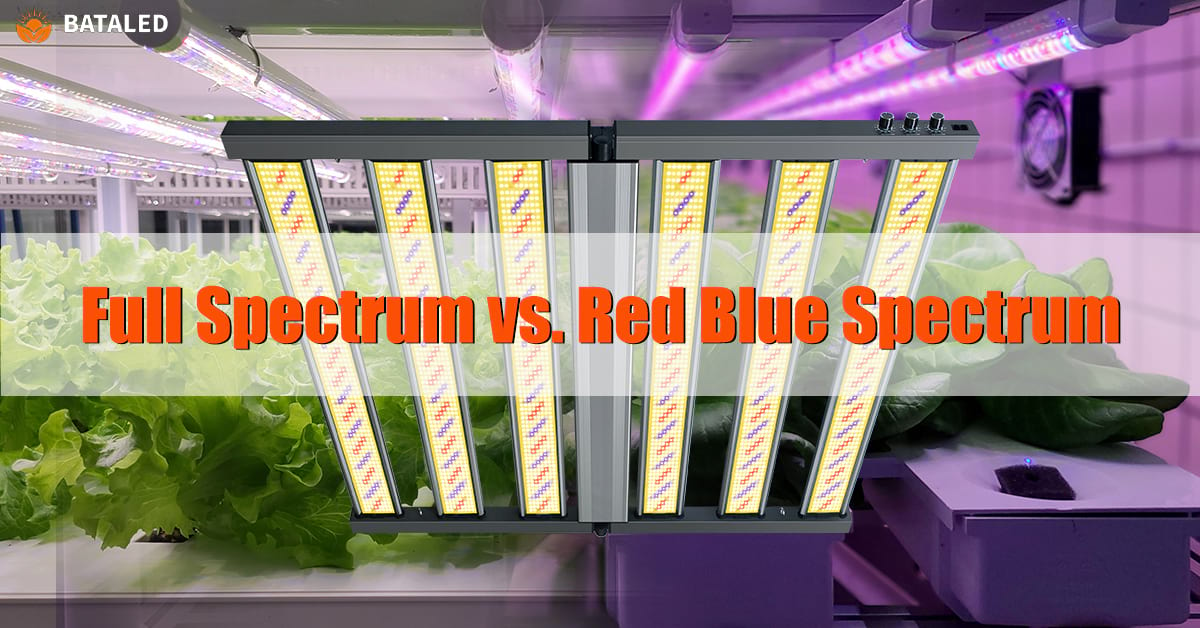LED vs Fluorescent Grow Lights: The Science-Based Guide to Choosing the Best for Your Plants
Driven by curiosity about the real differences between LED and fluorescent grow lights, I conducted an experiment: two rows of identical tomato seedlings, one under fluorescent lights and the other under LED lights. After four weeks, the LED group had thick, pencil-like stems and lush, glossy leaves, while the fluorescent group resembled malnourished adolescents—thin stems topped with sparse foliage. This stark contrast made me realize: choosing the right grow light means choosing a completely different fate for your plants.
Light Through a Plant’s Eyes—LED vs Fluorescent Spectra
When we discuss the brightness of grow lights, plants are actually “tasting” the light’s recipe. A simple analogy: red light is like protein for plants, blue light is like vitamins, and plants need the right balance to thrive. LED lights act like precision nutritionists, delivering tailored spectra for each growth stage—450nm blue light promotes leafy growth, while 660nm red light stimulates flowering and fruiting.
The biggest advantage of LED grow lights is their ability to provide the exact spectra plants crave. For example:
-
Seedling Stage: Increase blue light to 70% for compact, sturdy growth, preventing legginess.
-
Vegetative Stage: Adjust to 50% blue + 50% red for balanced stem and leaf development.
-
Flowering/Fruiting Stage: Boost red light to 75% to significantly improve bloom and yield.
Fluorescent grow lights, while offering a broad spectrum, waste 40% of their energy on green and yellow wavelengths that plants barely absorb.
Research shows: Under the same energy consumption, LEDs deliver 53% more photosynthetic photons (PPFD) than fluorescents. This means plants photosynthesize more efficiently—like athletes receiving pure oxygen.
LED vs Fluorescent Grow Lights—Cost Breakdown
In the grow light market, fluorescent fixtures seem tempting at just tens of dollars. But when I dissected the 5-year total cost, the truth was shocking: fluorescents hide hefty hidden expenses, while LEDs save 40%. It’s like buying an air conditioner based only on sticker price while ignoring electricity bills—a sure way to lose money.
Here’s my 5-year cost formula:
Total Cost = Initial Price + (Wattage × Daily Usage × Electricity Rate × 365 × 5)
Assumptions for a 2ft×4ft grow area:
- Electricity: $0.12/kWh, 16 hours/day
- Fluorescent tubes replaced annually ($17 each)
LEDs save $144 over 5 years—far more than expected.
More Hidden Costs of Fluorescents:
-
Heat Management: Excess heat may require AC ($0.06/hour in summer).
-
Productivity Gap: LED-grown basil harvests 10 days earlier, adding $3.5/cycle in value.
-
Health Risks: EPA estimates $2,000 cleanup cost per mercury spill from broken fluorescent tubes.
Grow Light Guide for Different Scenarios
No single grow light fits all setups. Based on years of experience, three factors matter most: plant type, growth stage, and space. Here’s my practical advice:
1.Leafy Green Farms
- Recommendation: Full-spectrum LED bars (20-50W)
- Advantage: Low heat, compact design, can be placed 15cm from plants.
2.Tomato/Pepper Growers
- Recommendation: High-output LED panels (≥100W)
- Key Tip: Add 730nm far-red light at flowering to boost yields by 40%.
3.Seedling Nurseries
- Budget Pick: T5/T8 fluorescents + reflectors
- Critical: Keep lights 3-5cm above trays, 18 hours/day.
- Warning: Raise lights immediately if temps exceed 28°C to prevent dehydration.
The Future of Indoor Gardening—LEDs Lead the Way
Grow light technology is evolving at unprecedented speed. No longer just a sunlight substitute, it’s now a tool for precision growth control, quality enhancement, and even disease prevention. Once limited to high-tech greenhouses, these advancements are now accessible to home growers through smart, user-friendly solutions.
In modern greenhouse agriculture, the scene is awe-inspiring: sensors monitor tomato plants in real-time, while overhead LED arrays—often networked and automated—adjust spectra and intensity seamlessly.
Vertical farms take it further: shelf-mounted LED systems grow lettuce 2.8x faster than outdoor fields, using just 3% of traditional water.
For home gardeners, embracing this tech is easier than ever. With guidance from manufacturers, anyone can optimize spectrum blends and light intensity for their plants.
Final Verdict
LED grow lights are redefining modern cultivation with precision spectra, energy efficiency, and long-term savings. Whether you’re a home hobbyist or commercial grower, choosing LEDs means giving plants a supercharged photosynthetic “diet” while slashing waste and hidden costs. As smart farming advances, LEDs have evolved from simple lights to core tools for precision plant steering. The future? This technology will keep pushing the boundaries of productivity and sustainability.
CATEGORIES
Recommended Post

Where It’s Legal to Grow Cannabis: Ultimate Tips & Cultivation Laws
About Author—Jose Li
Jose, a senior content creator at BATA LED, brings over 5 years of expertise in LED grow light. He delivers valuable insights to help growers and farmers better understand LED grow light technology, empowering them to boost crop yields and quality with advanced lighting solutions.


